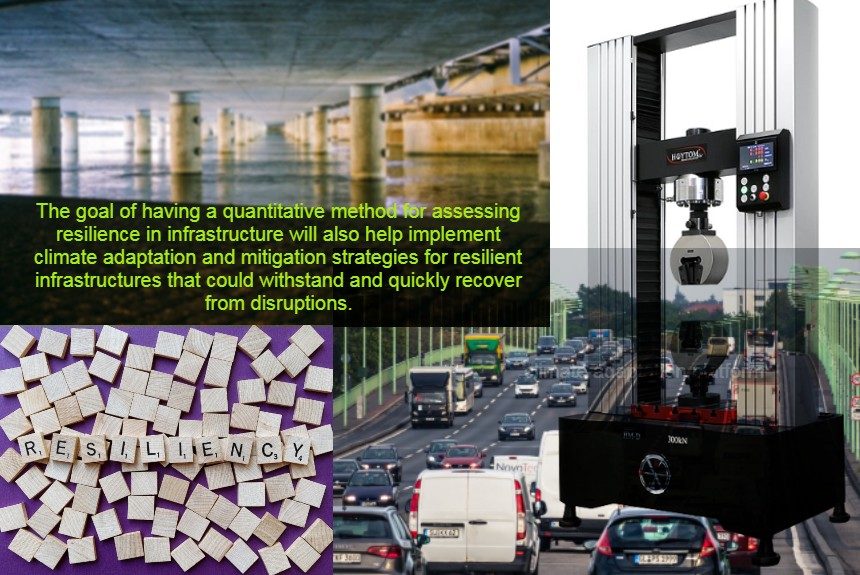A study by Cen Nan, Giovanni Sansavini looked into understanding infrastructure resilience and proposed a quantitative method for assessing technical system resilience.
Researchers seeking to define resilience of infrastructure systems through a comprehensive review of literature have concluded that the definition of resilience is still evolving.
For this study, they have used this definition of resilience as the ability of the system to withstand a change or a disruptive even by reducing the initial negative impacts (absorptive capacity), by adapting itself to them (adaptive capacity) and by recovering from them (restorative capacity).
These three capacities: absorptive, adaptive, and restorative are regarded as the three essential resilience features.
Engineered infrastructures have become interconnected and integrated in recent years making for a complex system. Failure in one area can quickly cascade into other areas. To fully understand the system’s resilience and performance, a quantitative assessment method is required.
The paper presented two quantitative methods to measure resilience: a hybrid modelling approach, and the time-dependent quantifiable metric for resilience measurement in the context of engineered infrastructure.
To test the feasibility and applicability of the two quantitative methods the researchers applied it to the Swiss electric power supply system (EPSS) as the exemplary system after a natural hazard or a disruption has occurred. The result shows that both strategies can significantly improve the system’s resilience although with varying effects on resilience capacities.
These resilient assessment methods not only quantify system’s behaviour but also provides insights into different phases of disruptions e.g., mitigation, adaptation, and recovery.
The goal is for the decision-makers to develop efficient mitigation and protection strategies for maintenance and retrofit resilience of infrastructures in the long run.
A further research opportunity to expand the capabilities of this method to other domains exists as well as including resilience cost to systems understanding that disruption resilient systems will have lower costs than less resilient ones.
Climate change is predicted to bring more disruptions and extreme natural events. So, the goal of having a quantitative method for assessing resilience in infrastructure will also help implement climate adaptation and mitigation strategies for resilient infrastructure that could withstand and quickly recover from disruptions.
To read the entire study CLICK the button below:
Source citation:
Nan, Cen & Sansavini, Giovanni & Kröger, Wolfgang & Heinimann, Hans. (2014). A quantitative method for assessing the resilience of infrastructure systems. PSAM 2014 – Probabilistic Safety Assessment and Management. Retrieved from: https://www.researchgate.net/publication/287354610_A_quantitative_method_for_assessing_the_resilience_of_infrastructure_systems



Leave a Reply